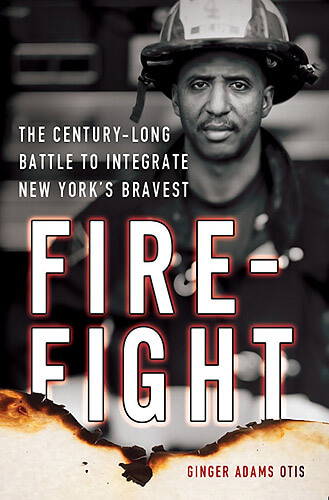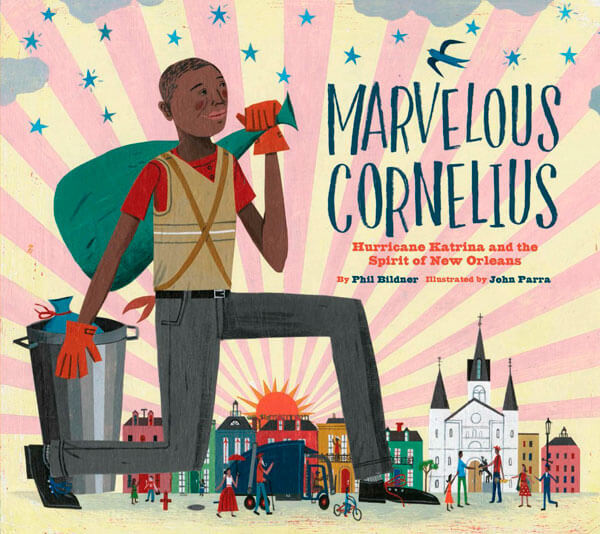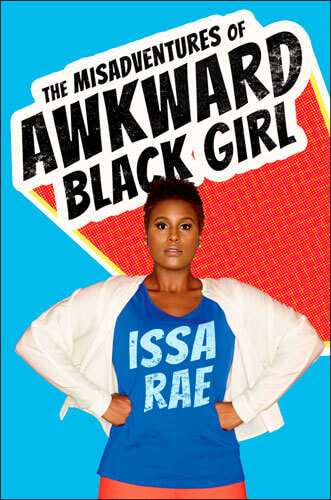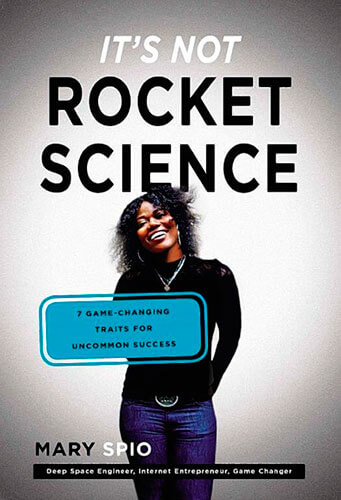Everybody has that one friend…
She’s the person you call in the middle of the night because you don’t know what else to do. He’s your wingman, Saturday afternoon mechanic, and fellow prankster. She gives you courage. He gives you advice.
That one friend is your go-to person, your rock, your personal booster. And in “Driving the King” by Ravi Howard, that kind of friendship works both ways.
Nathaniel Weary hated airports.
The planes coming in low and loud always reminded him of Kilby, the state prison in Montgomery, where he spent 10 long years. He and his fellow inmates would be out in the Alabama cold, cutting kudzu from a fence, and those circling planes teased him with what he was missing.
He was a young man then, just home from fighting overseas, with a ring in his pocket, intent on asking his girl to marry him. His friend, Nat “King” Cole was going to help but when someone threatened Cole’s life and Weary jumped onto the stage to prevent danger, the plan fell apart. Instead of asking his girl for marriage, he went to prison for assaulting a white man, and he asked her not to visit him anymore.
Nearly 10 years later, Cole’s bodyguard came to Kilby with an offer: Nat “King” Cole needed a driver. He wanted that driver to be Nathaniel Weary.
In Montgomery, as around the country, much had changed while Weary was in jail. Television was a novelty when he went in; when he came out, it was in everybody’s living room. Folks back in Montgomery were boycotting city buses and another King – this one, a preacher – was standing up for civil rights, Weary’s mother had died while he was in Kilby, and his father didn’t want him talking about that place once he got out. Los Angeles offered a fresh start. He took the job.
But even a year in LA didn’t dampen the tug of home for Nathaniel Weary. He didn’t miss the trouble there; it had, in fact, followed him to California – but he missed his people something fierce.
He had to find a way to say goodbye.
I really wasn’t sure I was going to be able to finish “Driving the King.” The book’s first pages had me pretty well completely lost, so don’t be surprised if that happens when you try reading it – but don’t be deterred, either.
With the early Civil Rights movement as backdrop, author Ravi Howard brings together history, pop-culture, and mid-century music to craft an overall-satisfying story. The trouble comes with a back-and-forth storyline that takes some getting used to, but it’s softened by the ease with which its two main characters move and the friendship they share. In the end, the back-and-forth is what makes it work.
There’s a certain cinematic feel to this book that’s really appealing and will captivate readers, once they get more into the story. If you’re looking for a well-done real-life drama, then “Driving the King” could be that one book.



























